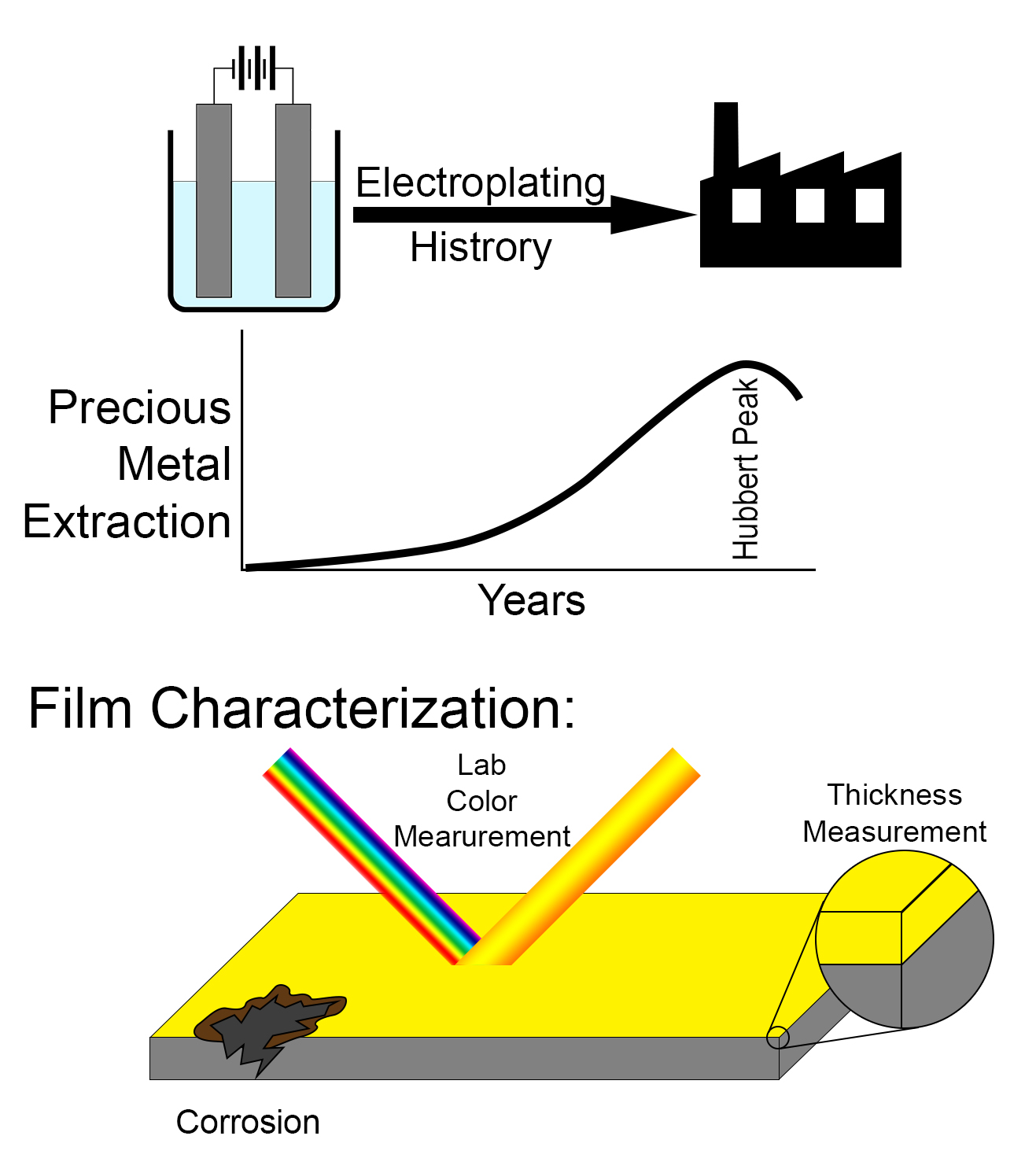Electrodeposition and innovative characterization of precious metal alloys for the Galvanic and Jewel industry

Published 2019-08-30
Keywords
- Electrodeposition,
- Surface Analysis,
- Galvanic,
- Jewel
How to Cite
Abstract
In recent years the idea that metals, oil and, more generally, natural resources are not endless has been firmed. Furthermore, people become aware that humanity must not only increase the production of customer-goods, but they also must produce them with respect for the environment, trying to limit either dangerous processing techniques and hazardous materials. The elimination of many metals from alloys has also reduced the possibility to modify or to produce a wide range of precious jewels and new materials. For such reasons it is essential to develop new techniques for manipulation and preparation of precious jewellery products. Nowadays this economic policy drives many companies and even the single craftsmen to a cultural innovation and technological growth. Many small and medium-sized companies ask the University for a technological support, otherwise impossible to achieve alone for high costs. The basic research of University has become an important point for the development of the goldsmith sector and for the increase in production and variety of new jewels. This important collaboration between universities and industries is called “the Third Mission for the University”. This collaboration is important from a cultural, as well as from a productive point of view. Nowadays, the symbiosis “Research centre - Goldsmith company”, allows the company to expand internationally its market, thus making the whole industrial sector competitive and innovative. This union is extremely important not only for the goldsmith sector but for the entire National economy.
References
- Commission of the European Communities (EC) Tackling the challenges in commodity markets and on raw materials. Brussels Eur. Comm.2011, 1–22, doi:COM(2011) 25 final
- Bauer, D.; Diamond, D.; Li, J.; Sandalow, D.; Telleen, P.; Wanner, B. US Department of Energy: Critical Materiasl Strategy, December 2010. Agenda2010, 1–166, doi:10.2172/1000846.
- Commission, E. Comm. from the Commission to the European Parliament, The Council, The European Economic and Social Committee and The Committee of the Regions: On the review of the list of CRMs for the EU and the implementation of the Raw Materials Initiative. 2014.
- European Commission COMMUNICATION FROM THE COMMISSION TO THE EUROPEAN PAR-LIAMENT, THE COUNCIL, THE EUROPEAN ECONOMIC AND SOCIAL COMMITTEE AND THE COMMITTEE OF THE REGIONS on the 2017 list of Critical Raw Materials for the EU. 2017, 8.
- Greene, J. E. Tracing the 5000-year recorded his-tory of inorganic thin films from ~3000 BC to the early 1900s AD. Appl. Phys. Rev.2014, 1, 41302, doi:10.1063/1.4902760




